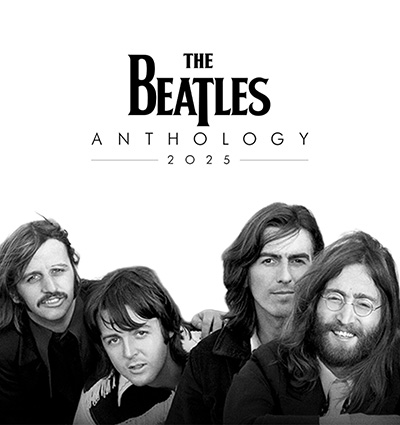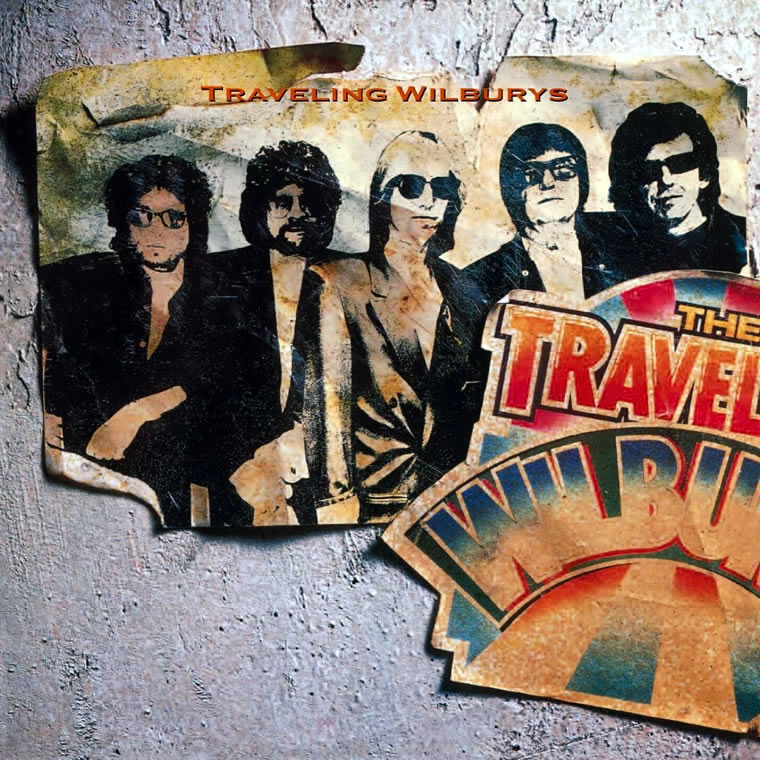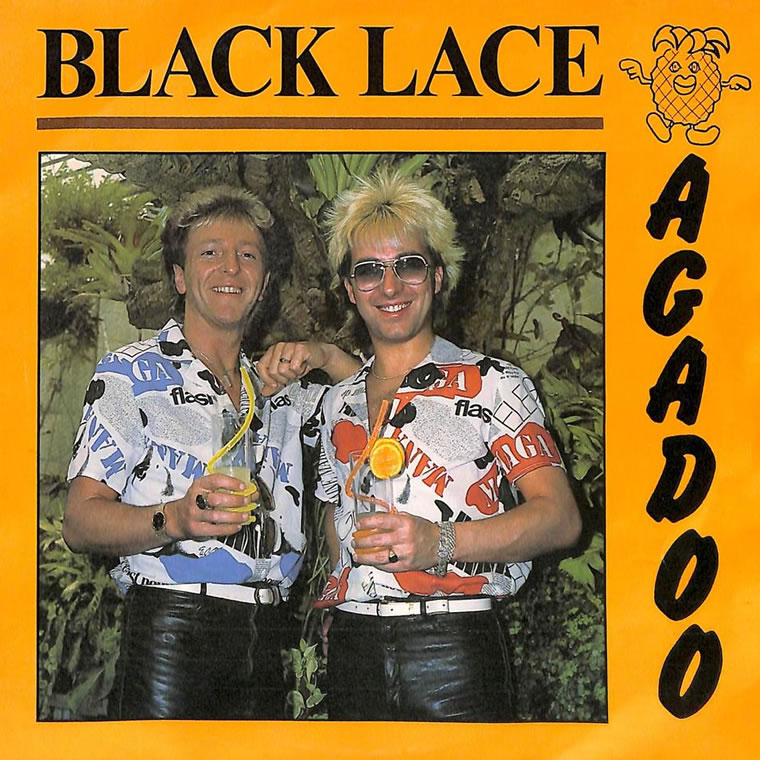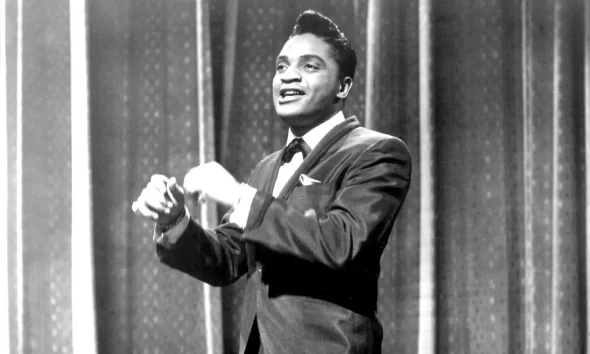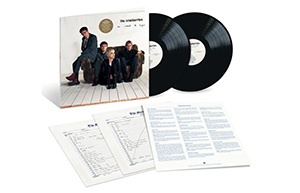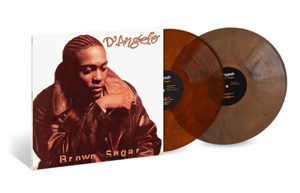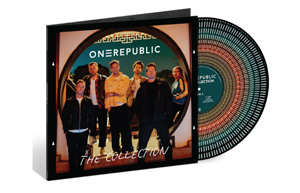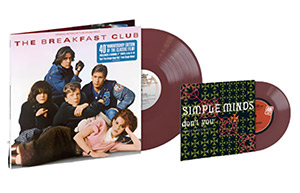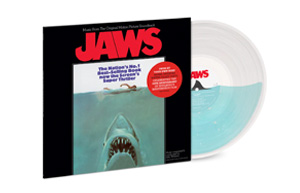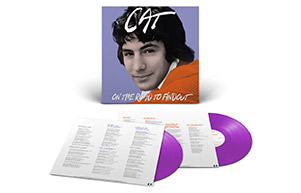Slowest Number 1 Hits
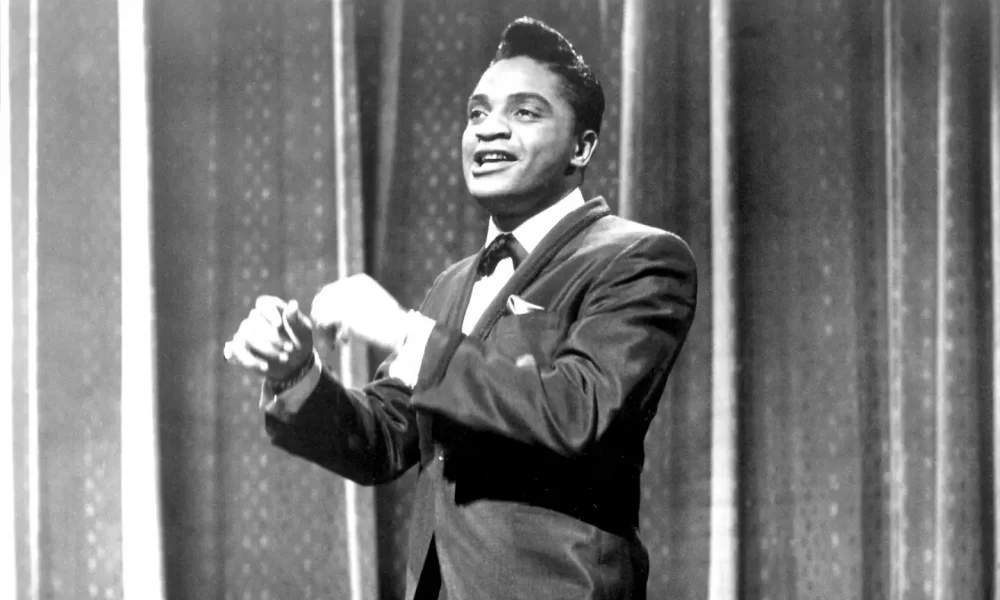

The records that took the longest to reach the number one position on the UK charts after their first appearance on the chart are:
29 years 42 days – Reet Petite (The Sweetest Girl In Town) Jackie Wilson (1957-86)
On September 29, 1975, Wilson was one of the featured acts in Dick Clark’s Good Ol’ Rock and Roll Revue, hosted by the Latin Casino in Cherry Hill, New Jersey. He was in the middle of singing “Lonely Teardrops” when he suffered a massive heart attack. On the words “My heart is crying” he collapsed on stage; audience members applauded as they initially thought it was part of the act. He remained in a minimally conscious state until he died in 1984. Elvis Presley covered a large portion of Wilson’s medical bills.
The song was written by Berry Gordy, Gwen Gordy Fuqua, and Wilson’s cousin Roquel “Billy” Davis and its title was taken from the 1948 Louis Jordan song “Reet, Petite and Gone”, (In jazz lingo, the term “reet” meant “fantastic”). It was Jackie Wilson’s first recording as a solo artist. The song peaked at number 62 on the Billboard Hot 100 in September 1957 and reached number 6 on the UK Singles Chart. With the success of the song, Gordy was able to fund the launch of Motown Records. The song was reissued in 1986 following the showing of a clay animation video of Wilson singing the song on the BBC Two documentary series Arena. The reissued version proved so popular that in December 1986, almost three years after Wilson’s death, the song became number one in the UK for four weeks (selling over 700,000 copies) becoming that year’s UK Christmas number one.
25 years 244 days – Stand By Me Ben E King (1961-87)
“Stand by Me” was originally performed in 1961 by American singer-songwriter Ben E. King and written by him, along with Jerry Leiber and Mike Stoller, who together used the pseudonym Elmo Glick. According to King, the title is derived from, and was inspired by, a spiritual written by Sam Cooke and J. W. Alexander called “Stand by Me Father”, recorded by the Soul Stirrers with Johnnie Taylor singing lead.
The song was featured on the soundtrack of the 1986 film of the same name, and a corresponding music video, featuring King along with actors River Phoenix and Wil Wheaton, was released to promote the film. It was also featured in a 1987 European commercial for Levi’s 501 jeans, contributing to greater success in Europe. In 2012, its royalties were estimated to have topped $22.8 million (£17 million), making it the sixth highest-earning song of its era. 50% of the royalties were paid to King. In 2015, King’s original version was inducted into the National Recording Registry by the Library of Congress, as “culturally, historically, or aesthetically significant”, just under five weeks before his death. Later in the year, the 2015 lineup of the Drifters recorded it in tribute.
There have been over 400 recorded versions of the song, performed by many artists, notably Otis Redding, John Lennon, Tracy Chapman, Florence and the Machine and Weezer.
25 years 83 days – Unchained Melody Righteous Brothers (1965-90)
“Unchained Melody” is a 1955 song with music by Alex North and lyrics by Hy Zaret. North wrote the music as a theme for the prison film Unchained (1955), hence the song title. American baritone opera singer Todd Duncan sang the vocals for the film soundtrack. It has since become one of the most recorded songs of the 20th century, over 1,500 recordings of “Unchained Melody” have been made by more than 670 artists, most notably by the Righteous Brothers in 1965.
The song was originally released as the “B” side of the single “Hung On You”. However, “Hung On You” failed to interest radio DJs who instead chose to play the ‘B’ side “Unchained Melody”. According to Medley, producer Phil Spector was so incensed by DJs choosing to play the B side that he started to call their radio stations to get them to stop playing the track. However, he failed, and the song reached No.4 on the Billboard Hot 100 chart and No.14 in the UK in 1965.
The song reappeared on the US Billboard charts in 1990 after the Righteous Brothers’ recording was used in the box office blockbuster film Ghost. This re-released song reached number one in the UK where it stayed for four weeks, becoming the UK’s top-selling single of 1990. As of 2017, it had sold 1.17 million copies in the UK.
18 years 356 days – He Ain’t Heavy He’s My Brother The Hollies (1969-88)
“He Ain’t Heavy, He’s My Brother” is a ballad written by Bobby Scott and Bob Russell. American singer, songwriter and record producer Kelly Gordon made the first recording of the song in 1969. Gordon produced Bobbie Gentry’s 1967 Grammy-winning song “Ode to Billie Joe” and also worked with Glen Campbell.
In his 1884 book The Parables of Jesus, James Wells, Moderator of the United Free Church of Scotland, tells the story of a little girl carrying a big baby boy. Seeing her struggling, someone asked if she wasn’t tired. With surprise, she replied: “No, he’s not heavy; he’s my brother.” The anecdote was later repeated in other publications and in the 1940s, the words, adapted as “He ain’t heavy, Father, he’s my brother”, were taken as a slogan for Boys Town Children’s home by founder Father Edward Flanagan.
In 1969, the song became a worldwide hit for the English group the Hollies after the song was introduced to the group by Bob Russell’s son-in-law Jefferey Spearitt, who was living in London at the time. Elton John, who was working as a session musician, played the piano on the song and was paid £12 for his work. The song was also a hit for Neil Diamond in 1970. The song was re-released in August 1988 in the UK following its use in a television advertisement for Miller Lite beer. It reached the number-one spot in the UK chart for two weeks in September 1988.
8 years 284 days – Young At Heart The Bluebells (1984-93)
“Young at Heart” is a song by British female music trio Bananarama, released on their debut album, Deep Sea Skiving (1983). Their debut contained several hit singles – “Really Saying Something”, “Shy Boy” and a cover version of “Na Na Hey Hey Kiss Him Goodbye”. “Young At Heart” was later recorded by Scottish indie new wave band the Bluebells. The Bluebells performed jangly guitar-based pop not dissimilar to their Scottish contemporaries Aztec Camera and Orange Juice.
The Bluebells’ version of the song was a UK top-10 chart success on two occasions, first reaching number eight on the UK Singles Chart during its original release in 1984. Almost a decade later, after the Bluebells had disbanded, the song was re-released as a single in March 1993 after being featured in a British TV advert for the Volkswagen Golf. It became a number-one hit on the UK chart for four weeks, leading to the band reforming temporarily.
Bananarama’s version of the song is credited to Sara Dallin, Siobhan Fahey and Keren Woodward of Bananarama, and Robert Hodgens of the Bluebells, Fahey’s then-boyfriend. In 2002, violinist Bobby Valentino won a court case against Hodgens for unpaid royalties from his contribution to the hit. Valentino’s case hinged on convincing the judge that he, rather than Hodgens, had composed the song’s distinctive violin part and that the violin part made a significant enough difference to the song to be considered an original contribution. Valentino was paid a session fee of £75.
Valentino’s violin can be heard on tracks by artists including Tom Petty & the Heartbreakers, Bob Geldof, the Alabama 3 and Shania Twain. He is also an occasional member of Mark Knopfler‘s current band.
8 years 166 days – Should I Stay Or Should I Go? The Clash (1982-91)
The Clash were an English rock band that formed in London in 1976 and were key players in the original wave of British punk rock. They achieved critical and commercial success in the UK with the release of their debut album The Clash (1977) and their second album Give ‘Em Enough Rope (1978). Their experimental third album London Calling, released in 1979, earned them popularity in the United States. A decade later, Rolling Stone named London Calling the best album of the 1980s.
Historically, the band rejected companies’ requests to use their songs to advertise products, like Dr Pepper and British Telecom. Then in the early 1990s, Levi’s asked the band members’ permission to use the song for a jeans commercial. Despite the band often prioritising “creativity and idealism over commercial exploitation”, the band members left the decision to the main songwriter Mick Jones, who approved the permission, rationalising that Levi’s jeans had been part of the rock music culture rather than something to “object on moral grounds”.
“Should I Stay or Should I Go” was taken from their album Combat Rock, written in 1981 and featuring Mick Jones on lead vocals. It was released in 1982 as a double A-sided single alongside “Straight to Hell”, performing modestly on global music charts. In the United States, “Should I Stay or Should I Go” charted on the Billboard Hot 100 without reaching the top 40. The song received greater attention nearly a decade later as the result of an early-1990s Levi’s jeans commercial, leading to the song’s 1991 re-release, which topped the UK Singles Chart.
7 years 327 days – Living On My Own Freddie Mercury (1985-93)
“Living on My Own” written by Queen singer-songwriter Freddie Mercury, was originally included on his first solo album, Mr. Bad Guy (1985). It was released as a single (backed with “My Love Is Dangerous”) in September 1985 by CBS in the UK where it peaked at number 50. Eight years later and almost two years after Mercury died in 1993, “Living on My Own” was remixed by Belgian producers No More Brothers and re-released to widespread chart success.
The song’s lyrics reflect Mercury’s longstanding admiration for Greta Garbo, whose quotations are featured prominently in the lyrics. The accompanying music video was directed by Hannes Rossacher and Rudi Dolezal and features footage of Mercury’s 39th birthday celebration at a nightclub in Munich, West Germany. The theme of the birthday party was “A Black and White Drag Ball”. Because of the garishly costumed homosexual men and transvestites celebrating a decadent raucous party in the video clip, the BBC long refused to broadcast the music video on its channels. It was later made available on Mercury’s official YouTube channel in 2012, and as of January 2023, the video had generated more than 100 million views on the platform.
6 years 63 days – Space Oddity David Bowie (1969-75)
“Space Oddity” by David Bowie was first released on 11 July 1969 by Philips Records as a single and was the opening track of his second studio album, David Bowie. Produced by Gus Dudgeon and recorded at Trident Studios in London, it is a tale about a fictional astronaut named Major Tom; its title and subject matter were partly inspired by the film 2001: A Space Odyssey (1968) and Bowie’s feelings of alienation at that point in his career.
The label rush-released the single to capitalise on the Apollo 11 Moon mission. According to Bowie: “It was picked up by British television and used as the background music for the landing itself in Britain … Though I’m sure they really weren’t listening to the lyric at all; it wasn’t a pleasant thing to juxtapose against a moon landing. Of course, I was overjoyed that they did.” Upon realising the dark lyrics, the BBC ceased playing it until the Apollo 11 crew safely returned home.
Another 1975 reissue as part of a maxi-single became Bowie’s first UK number-one single. Bowie revisited the character Major Tom in the 1980 single “Ashes to Ashes”, from Scary Monsters (and Super Creeps) (1980) “Hallo Spaceboy”, (1996) and “Blackstar” (2015).
5 years 70 days – Imagine John Lennon (1975-81)
An original piano musical motif, later called “John’s Piano Piece”, close to the final one was created in January 1969 during The Beatles Let It Be sessions. Lennon finished composing “Imagine” one morning in early 1971, on a Steinway piano, in a bedroom at his Tittenhurst Park estate in Ascot, Berkshire, England. His wife Yoko Ono watched as he composed the melody, chord structure and almost all the lyrics, nearly completing the song in one brief writing session.
Taken from his 1971 album of the same name and released as a single on 11 October 1971, “Imagine” by John Lennon became the best-selling single of his solo career. The lyrics encourage listeners to imagine a world of peace, without materialism, without borders separating nations and without religion. In October 1971, Lennon released the track as a single in the United States, where it peaked at number three on the Billboard Hot 100. The song was first issued as a single in Britain in 1975, to promote the compilation Shaved Fish, and reached number six on the UK Singles Chart that year. It later topped the chart following Lennon’s murder in 1980.
“Imagine” has sold more than 1.7 million copies in the UK. More than 200 artists have performed or covered the song, including Madonna, Stevie Wonder, Lady Gaga, Elton John and Diana Ross. Shortly before his death, Lennon said that much of the song’s lyrics and content came from his wife, Yoko Ono, and in 2017 she received co-writing credit.

